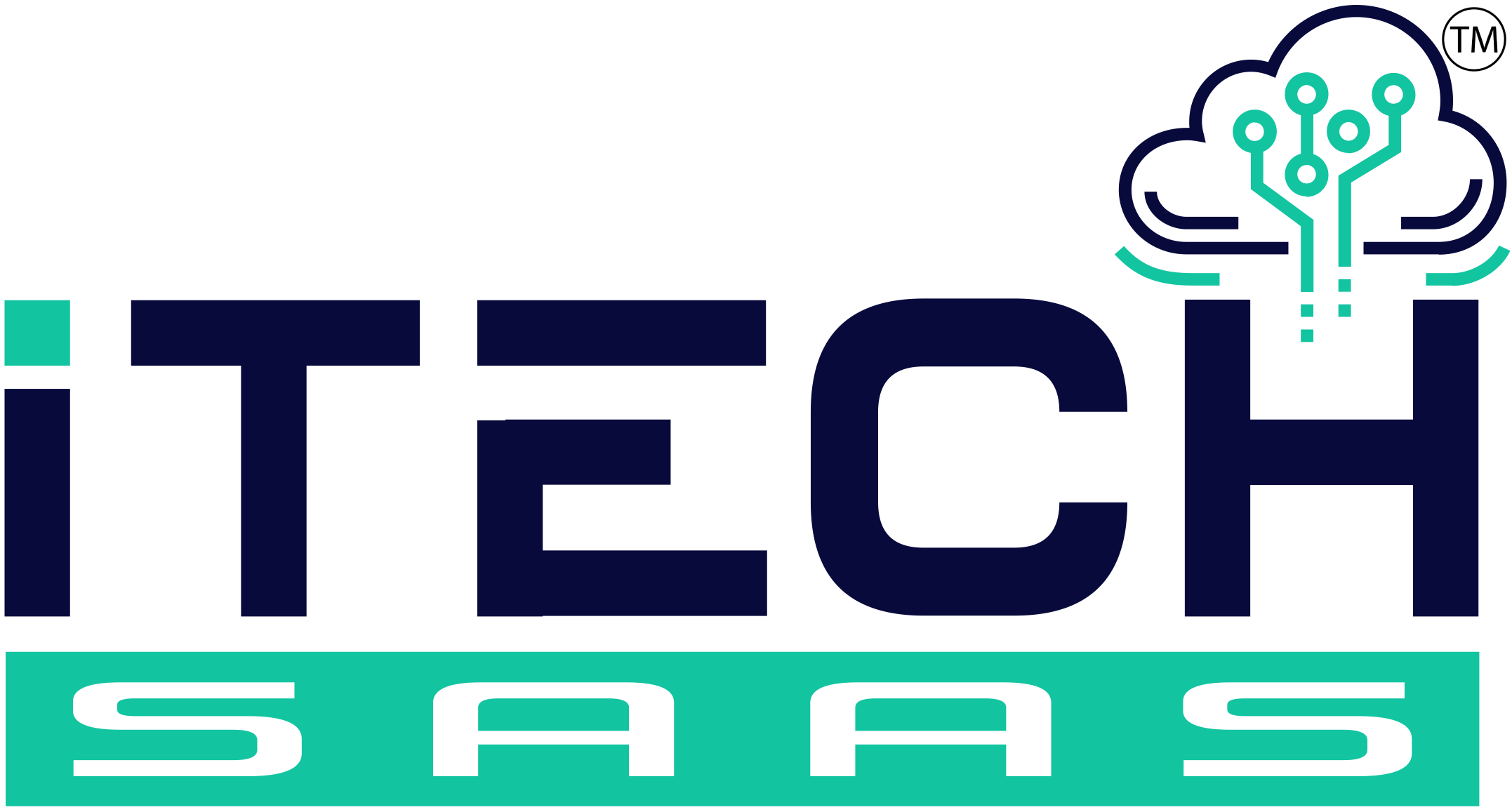
Software development is the practice of preparing the design and development of software. Software, as we all know, is the essence of technology we see all around our personal and professional life. According to Wikipedia “Software development is the process of conceiving, specifying, designing, programming, documenting, testing, and bug fixing involved in creating and maintaining applications, frameworks, or other software components.”
The software can be categorized according to what it is designed to accomplish. There are two main types of software: system software and application software.
SDLC (Software Development Life Cycle)
The SDLC (Software Development Life Cycle) is a systematic process for building software that ensures the quality and correctness of the software built. SDLC is a structure followed by a development team within the software developing company. It is a process that aims to produce high-quality software which meets customer expectations.
SDLC consists of a detailed plan which explains how to plan, build, and maintain specific software. Every phase of the SDLC life cycle has its process and deliverables that feed into the next phase.
The software development life cycle is also known as the software development process.
Why SDLC?
The life SDLC (Software Development Life Cycle) is used so users can see and understand what activities are involved within a given step. It is also used to let them know that at any time, steps can be repeated or a previous step can be reworked when needing to modify or improve the system. Here are the prime reasons why SDLC is important for developing a software system.
- Foundation: It offers a basis for project planning, scheduling, and estimating
- Framework: Provides a framework for a standard set of activities and deliverables
- Observe: It is a mechanism for project tracking and control
- Visibility: Increases visibility of project planning to all involved stakeholders of the development process
- Pace: Increased and enhance development speed
- Reactions: Improved client relations
- Risk: Helps you to decrease project risk and project management plan overhead
This is A Complete Guide To Software Development 2021 which involves the process behind software development.
SDLC Phases:
There are 7 phases into which SDLC is divided into. They are as follows.
- Phase 1: Requirement Analysis
- Phase 2: Feasibility Study
- Phase 3: Design
- Phase 4: Coding
- Phase 5: Testing
- Phase 6: Installation/Deployment
- Phase 7: Maintenance
Phase 1: Requirement Analysis
Requirement Analysis, also known as Requirement Engineering. It is the method of determining user expectations for a new software being developed or modified. In the software development process, it is sometimes loosely referred to as requirement gathering or requirement capturing. Requirements analysis includes those tasks that go into determining the needs or conditions to meet for a new or altered product or project, taking account of the possibly conflicting requirements of the various stakeholders, analyzing, documenting, validating and managing software or system requirements.
Phase 2: Feasibility Study
Feasibility Study is essentially the test of the recommended system in the light of its workability, meeting user’s requirements, effective use of resources and cost-effectiveness. Feasibility tests are conducted, when we try to evaluate the feasibility of the idea. This test helps us to determine whether the solution deemed to accomplish the requirements is practical and workable in the software.
Phase 3: Design
The Design Phase attempts to develop detailed blueprints that emphasize the physical solution to the user’s information technology needs. It describes how the system will fulfil user requirements. In this phase, the systems design functions and operations are described in detail, including storyboards and screen layouts with annotations, business rules, process diagrams and other documentation. The product of the design phase helps us describe the new system as a collection of modules or subsystems. The functional, support and training requirements are translated into preliminary and detailed designs.
Phase 4: Coding
With the completion of the design phase, most of the major decisions about the system have been made. The goal of the coding phase is to translate the design of the system into code in a given programming language. For a given design, the aim of this phase is to implement the design in the best possible manner. This phase affects both testing and maintenance enormously. A well-written code reduces the testing and maintenance effort. Also, since the testing and maintenance cost of software is much when compared to the cost of coding the objective should be to reduce the testing and maintenance effort.
Phase 5: Testing
Once the software development is completed, it is deployed in the testing environment. The testing team starts testing the functionality of the entire system. This is done to verify that the entire application works according to the customer requirement.
Phase 6: Installation/Deployment
On completion of the testing phase and successful examination of a bug-free system, the final deployment process starts.
The objective of the installation or deployment phase is to make the software developed, functional in a live environment. This activity should only be done when the software is fully tested and accepted by the firm in the testing phase.
Phase 7: Maintenance
The maintenance phase is the “end of the beginning,” so to speak. The Software Development Life Cycle doesn’t end here. The software must be monitored constantly to ensure proper operation. Bugs and defects discovered in production must be reported and responded to, which often feeds work back into the process. Bug fixes may not flow through the entire cycle, however, at least an abbreviated process is necessary to ensure that the fix does not introduce other problems also known as a regression.
Once the system is deployed, and customers start using the developed system, the following 3 activities occur
- Bug fixing – bugs are reported because of some scenarios which are not tested at all
- Upgrade – Upgrading the application to the newer versions of the Software
- Enhancement – Adding some new features into the existing software
